Life Is Drag
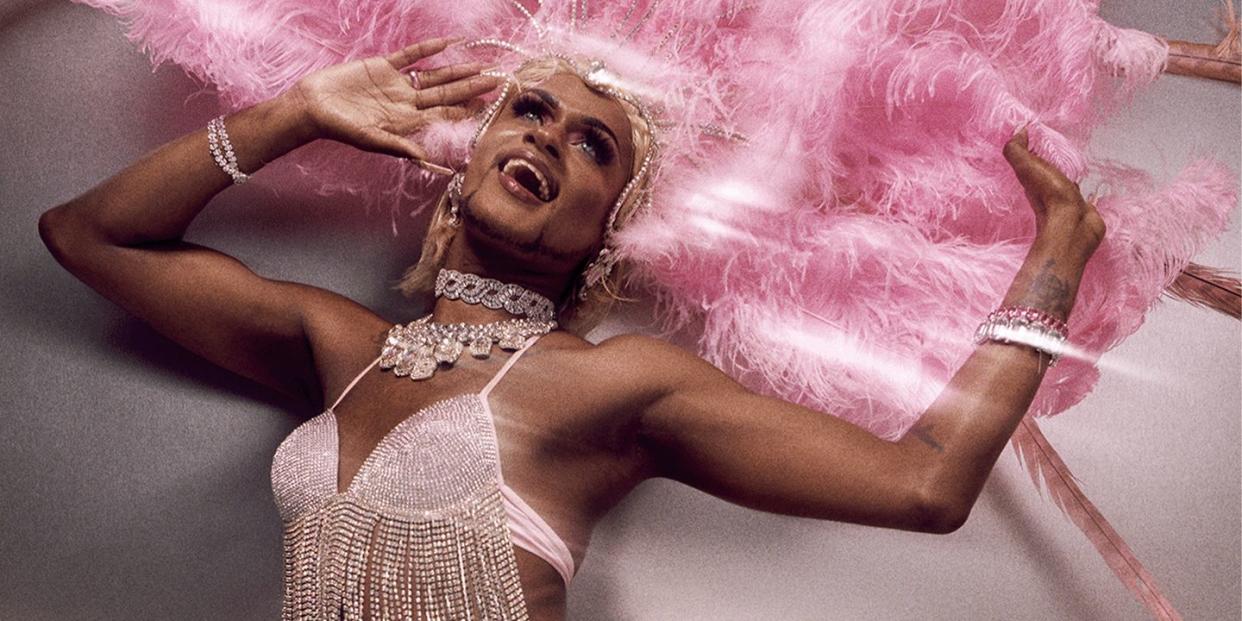
- Oops!Something went wrong.Please try again later.
- Oops!Something went wrong.Please try again later.
- Oops!Something went wrong.Please try again later.
- Oops!Something went wrong.Please try again later.
"Hearst Magazines and Yahoo may earn commission or revenue on some items through these links."
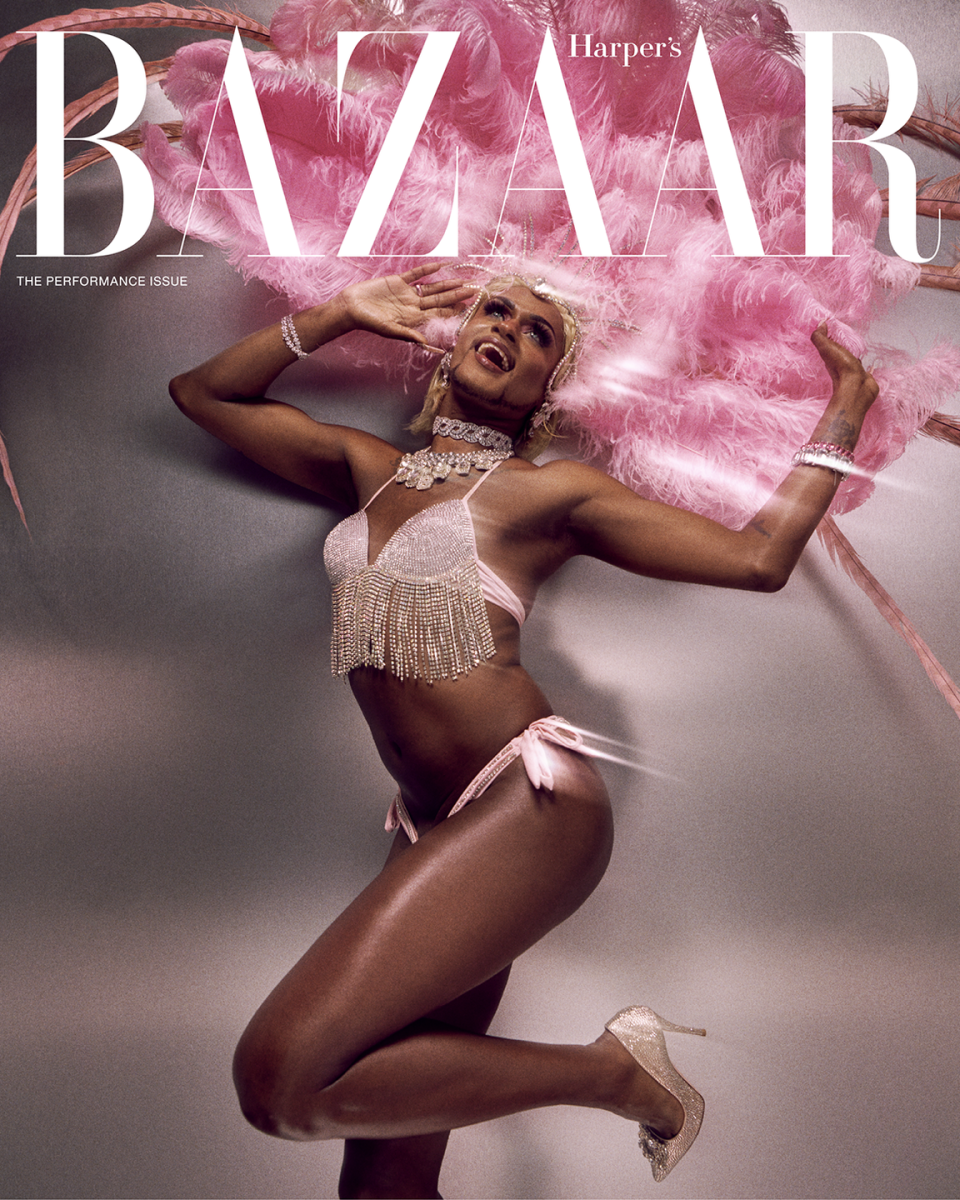
Around the country, drag performers are under threat, thrust to the center of a culture war. But for practitioners of the art, it’s not just about putting on a show; it’s about finding truth, community, and freedom.
For Harper’s Bazaar’s Performance issue, Alexander Chee explores the ways in which drag has always been a part of our culture and what’s at stake when gender expression is demonized, politicized, or, worse, criminalized. In an accompanying portfolio photographed by Ryan McGinley, seven of today’s most vital and creative queens speak about what drag means to them.
Who was I imitating when I was 11, dressed in my grandmother’s old nightgown, telling my cousins they should call me Penelope? Who was I imitating when I began to sneak into my mother’s bathroom to experiment with her makeup? It felt powerful to see her alter the color of her lips or to darken the edges around her eyes and eyelashes. I wanted that power too—the command over someone’s attention. I used to think I was alone in such experiments until I wrote about them and learned that I was not.
Lately, I have been trying to think of when I first saw someone in drag. Was it Bing Crosby and Danny Kaye singing a duet in the musical White Christmas? Or Julie Andrews in Victor/Victoria? Barbra Streisand in Yentl? Harvey Korman on The Carol Burnett Show? Or Jim Bailey as Barbra Streisand, also on The Carol Burnett Show? I loved the variety shows of the 1970s and ’80s, and a performer in drag was not an unusual treat. And yet maybe it was my father dressed as a fortune teller, with one hoop earring and a kerchief on his head, reading palms in a tent for the Portland, Maine, chapter of the Rotary’s fundraiser.
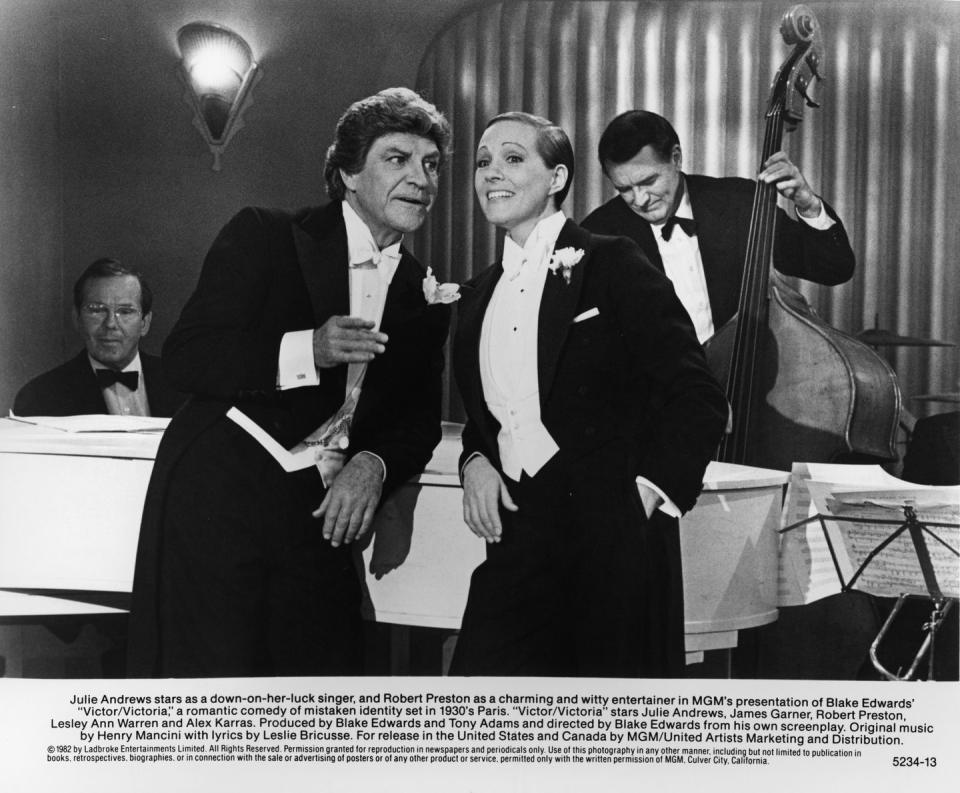
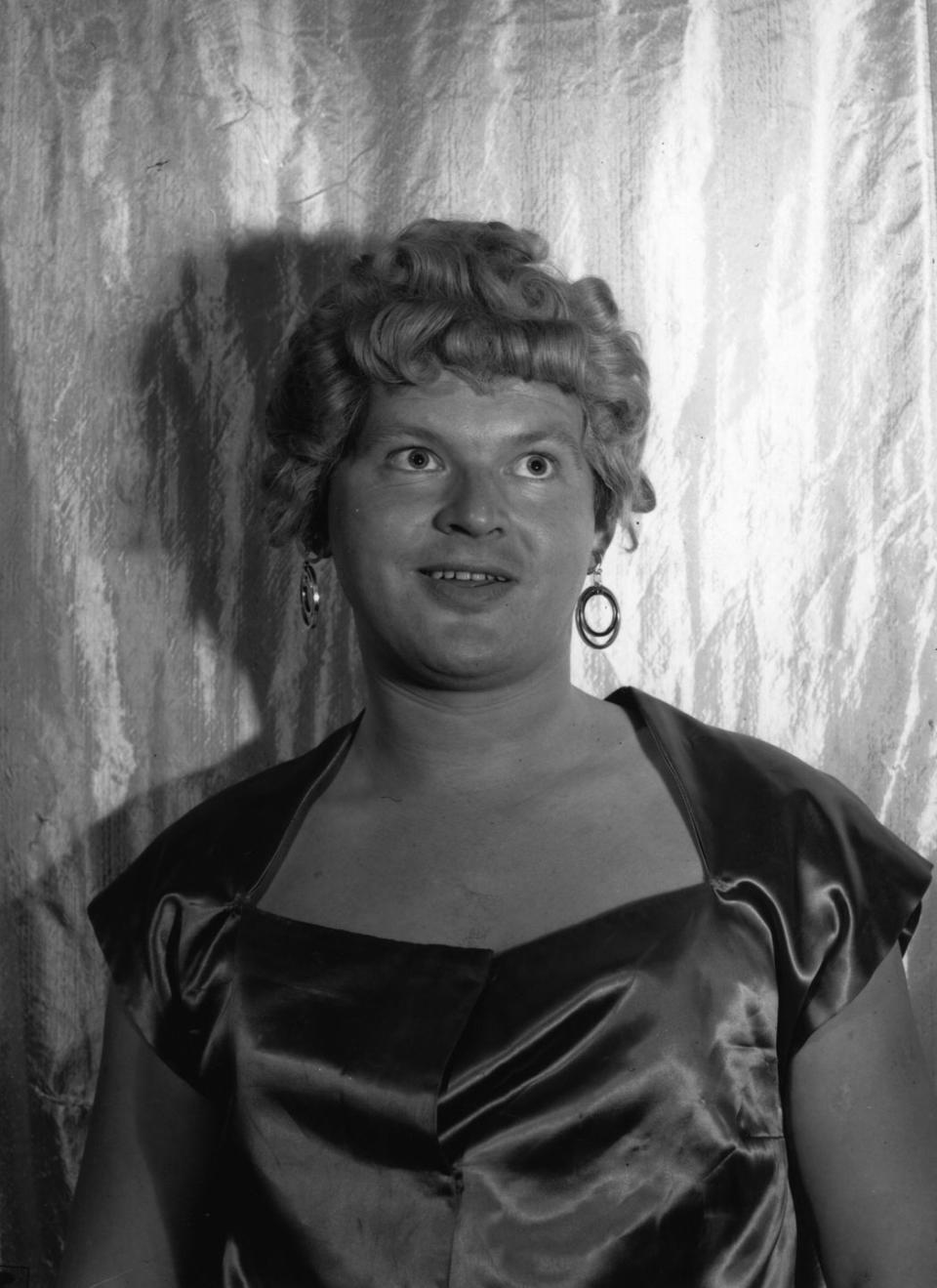
My first drag-queen story hour was probably The Benny Hill Show. For those of you too young to know, he was a British comedian whose shows ran in the U.S. late at night. I watched the show with my dad, and it was a special treat, happening only on the nights when he’d let me stay up with him to laugh at these British people and their jokes about sexism, sex, and social gaffes. If I’m remembering correctly, this was among the things that came to us in Maine in the ’70s or early ’80s with cable, most likely on some PBS channel.
Drag of this kind was uncontroversial and all around me back then. As a kid, I was watching a lot of men and women in gowns on television. We all were. It was mainstream. And we loved it. Most of us, maybe even more now than back then, still do.
I was raised with drag, by drag. We all were. By comedians, by entertainers, by brave friends who were afraid and still did what they had to do anyway.
I knew it was meant to be humor if someone I thought of as a man appeared dressed as a woman. That or an emergency—maybe both. Bugs Bunny, for example, when dressed in drag, was trying to outwit Elmer Fudd, the hunter, who was hoping to “kill the wabbit.” That famous Merrie Melodies short is also a tribute to Wagner, with Bugs in drag on the back of a horse, wearing pink eye shadow, a blond wig of braids, and some very sexy falsies that look out of place in a Warner Bros. cartoon. Elmer honks his way through an anglicized version of Siegfried’s aria, complete with the trills of an orchestra, calling Bugs “Bwoon Hilda” and asking him to be his love. Bugs bats his eyelashes at Elmer, and it is as beautiful a memory of entertainment in my childhood as I can remember. Like the best satire, it is great in part because it is sincere.
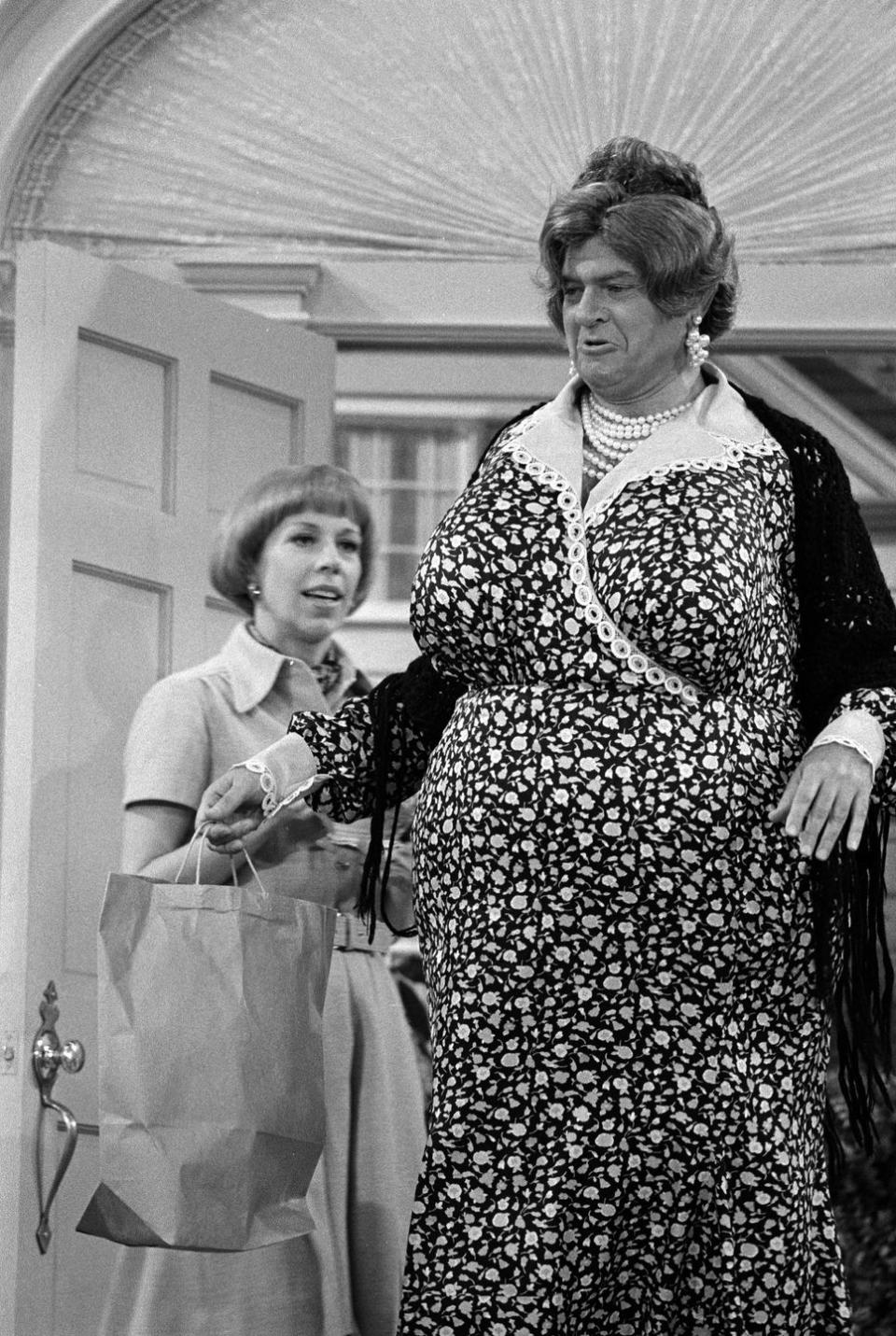
Tragedy comes, as it must in opera, when Bugs’s helmet and wig fall off after he is dipped too intensely by Elmer. Plonk, plonk, plonk goes the helmet, down the stairs of the temple of their love. Bugs pulls Elmer’s own “magic helmet” down over his eyes and escapes. The tunic with falsies flies into the wind, like the ghost of the beauty we saw moments before. Elmer rouses a Wagnerian storm to kill the rabbit as revenge, but only when he sees Bugs, flung down on a rock, under a single dripping rain-wet pink flower, does he repent and gather him into his arms, sobbing as he carries Bugs away. At which point Bugs reveals himself to be alive and says, “Well, what did you expect in an opera, a happy ending?”
As Bugs Bunny knew, gender is theater, whatever else it is.
Watching it again now in the 21st century, during a manufactured moral panic over drag, I think the lesson of “What’s Opera, Doc?” isn’t that we shouldn’t do drag. Instead, it’s that we shouldn’t kill and that we should love as we feel necessary. I feel like this is always the message of drag, and if that’s dangerous, well, what is it dangerous to? And isn’t the call to love what’s really dangerous—risking it all for love? I think we know it is. It took me a decade at least after first seeing that animated story to learn that “What’s Opera, Doc?” describes the panic defense men have used after killing trans women and gender-nonconforming people for a very long time.
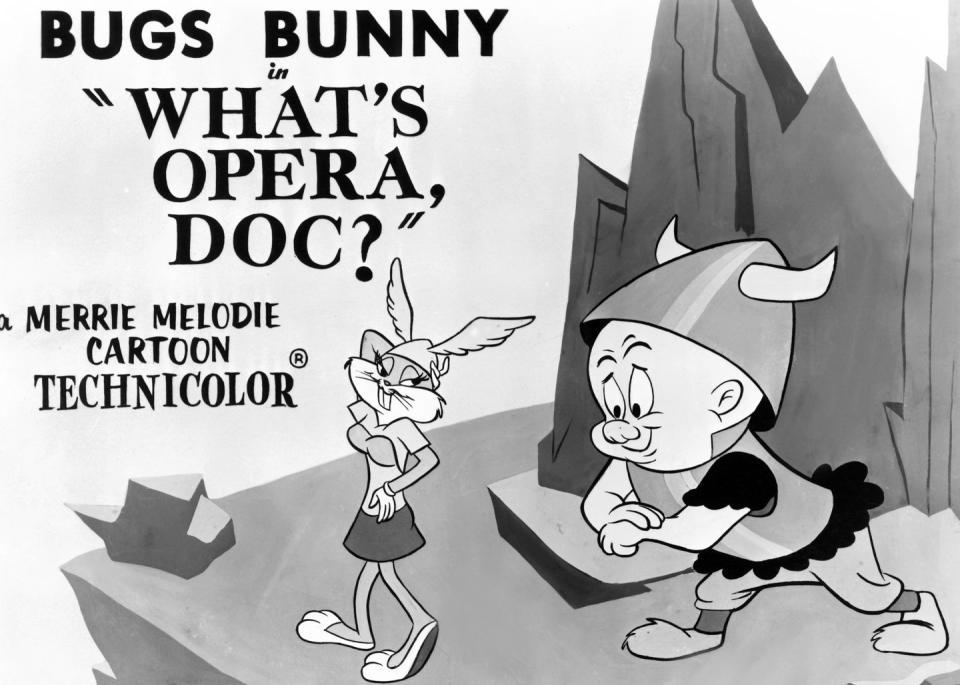
As Bugs Bunny knew, gender is theater, whatever else it is. And as one of Neil Gaiman’s characters in a Miracleman comic book said this spring, offhandedly, gender is “a choice, not an obligation.” The people who need your gender choices to affirm their own—for you to obey something like a legally binding contract you never signed, given out at birth—are not any more secure once they’ve obtained this obedience from you. Theirs is a vast and unfeeling appetite for reassurance, and it must not be given room to grow.
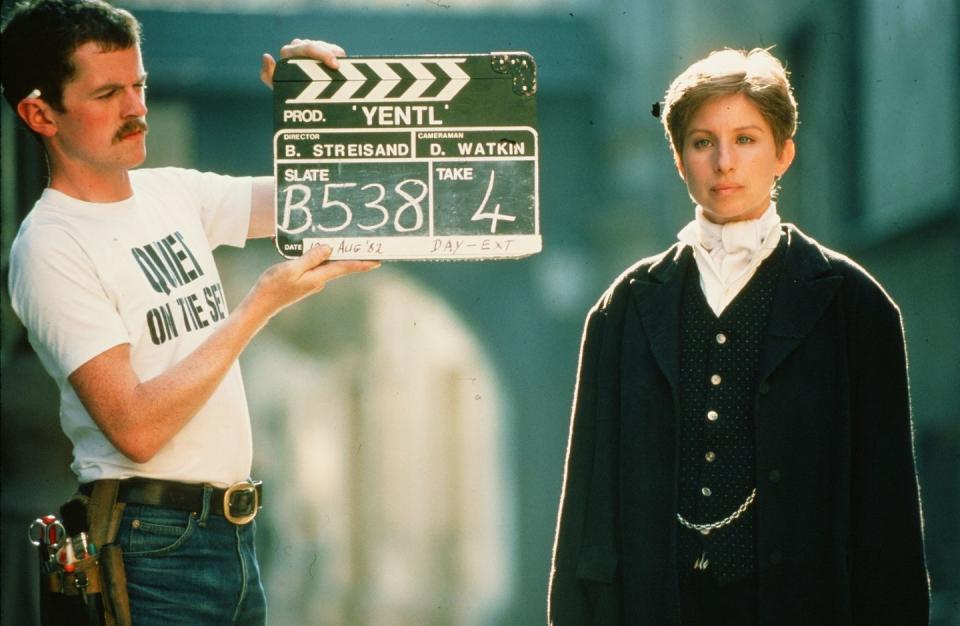
I was raised with drag, by drag. We all were. By comedians, by entertainers, by brave friends—the ones who were afraid and still did what they had to do anyway. I am thinking of a friend in high school, a punk boy who was the first man I knew to wear makeup out to the clubs and even to school. I longed to be as beautiful as him, but mostly as brave, and when I remember the power of his beauty, it wasn’t that he didn’t care about what people thought of his choices—it was that he did. He was hoping to confront their disapproval, look by look by look. When I think back to those times before, I remember how it felt like crawling along the edge of a cliff. I know it’s where the enemies of drag want to go with all of these threats.
Do you really want child protective services called by a “concerned neighbor” if you let your children paint their nails or yours in some way considered inappropriate to gender? Do you want librarians living in terror? The freedom you feel now to sit in the sun as children wear tutus and butterfly wings, glitter on their cheeks, regardless of gender, dancing and singing—that was bought in part by a drag queen you’ve never met, in a city you’ll never visit
A version of this article will appear in the August 2023 issue of Harper's Bazaar, on newsstands July 25
SUBSCRIBE NOW
You Might Also Like

